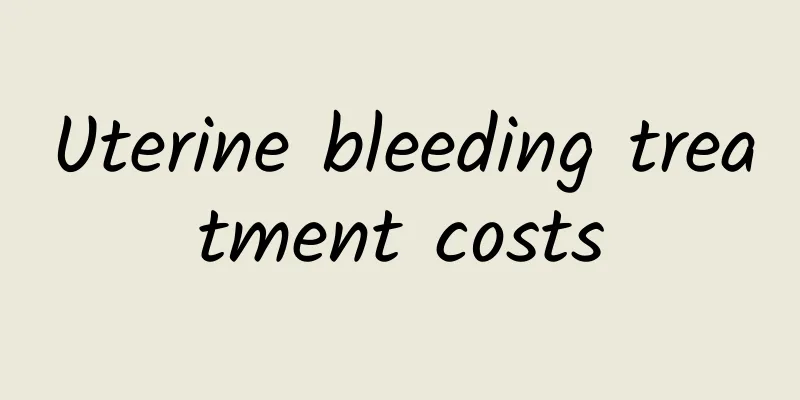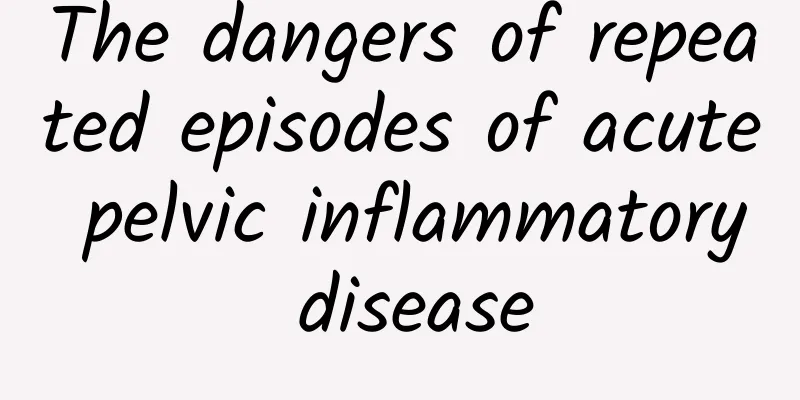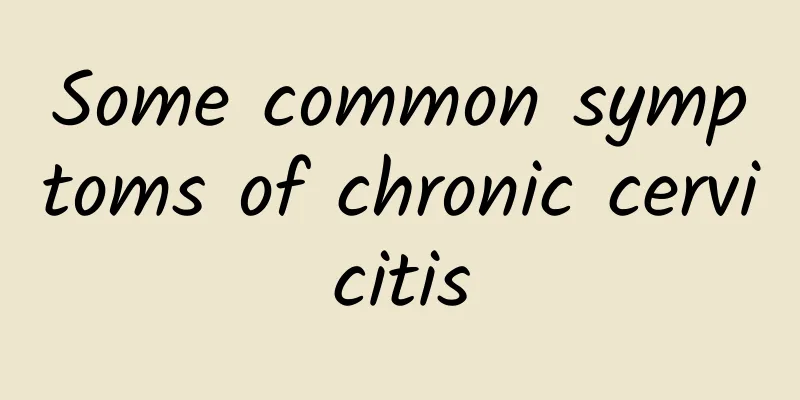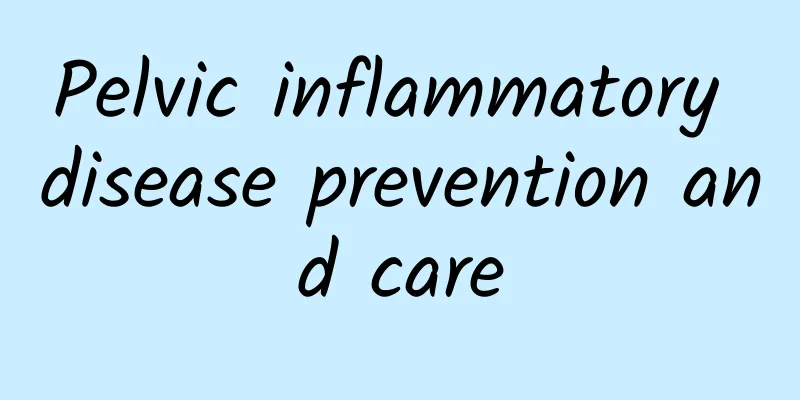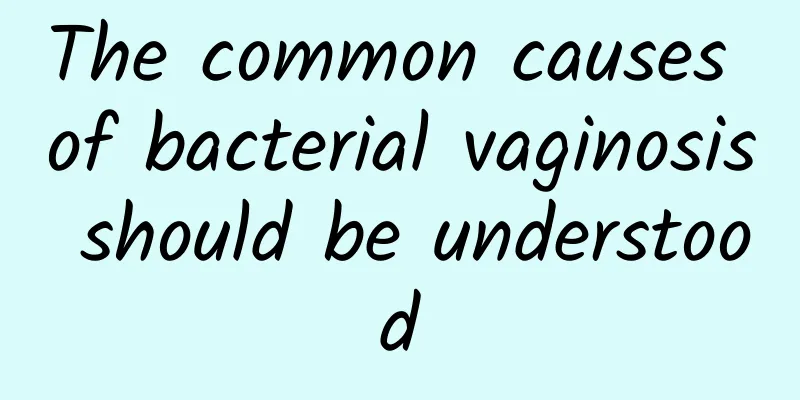Thirteen major treatment issues for uterine fibroids
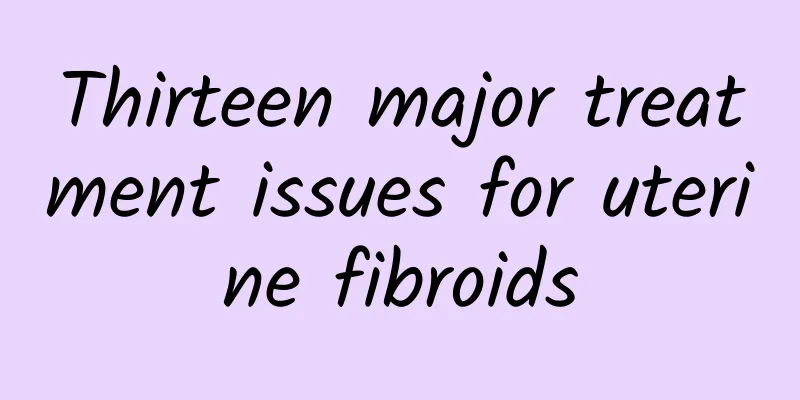
|
With the development of society, uterine fibroids are appearing around people more and more frequently. The treatment of uterine fibroids has become a hot topic. Let's take a look at the thirteen major treatment issues about uterine fibroids. The following are thirteen major issues regarding the treatment of uterine fibroids. 1. Is it necessary to treat uterine fibroids? This statement is not entirely correct. Some uterine fibroids require treatment, while some do not. And some small uterine fibroids only require regular follow-up and observation. 2. What kind of uterine fibroids need treatment? (1) Excessive menstrual bleeding and ineffective drug treatment; (2) There are obvious symptoms of compression; (3) Large fibroids (uterus is the size of a 3-month pregnancy or larger); (4) The fibroids are small but the patient is under great psychological pressure and requires treatment. 3.What are the treatments for uterine fibroids? (1) Surgical treatment: It has been used for a long time and has a definite effect. The main surgical procedures are: (abdominal, vaginal, and laparoscopic). (2) Interventional therapy: It has been used in clinical practice for more than ten years and is currently the main method for treating uterine fibroids in developed Western countries. (3) Drug treatment: It is under study and the efficacy is not certain. The main drugs currently used in clinical practice include: androgen, hormone-releasing hormone analog (LHRHa), etc. (4) HIFU high-intensity focused ultrasound knife: It has not been used in clinical practice for a long time and is still under observation. (5) Radiofrequency therapy: It has only been used in clinical practice for a short time and has many complications. 4. Which treatment is best? There is no absolutely best treatment for uterine fibroids. We can only choose the appropriate method based on the patient's specific situation. Generally speaking, methods that preserve the uterus and are less invasive should be the first choice. This is also the reason why Westerners choose interventional treatment. 5.How is interventional treatment of uterine fibroids performed? At the base of one thigh, through a tiny incision the size of a sesame seed, a special catheter is inserted into the blood supply artery of the uterine fibroid under the guidance of a digital subtraction angiography (DSA) machine, and an embolic agent is used to block the blood supply of the fibroid, thus achieving the purpose of "starving" the fibroid to death. 6. Uterine fibroids: Is interventional treatment painful? Interventional treatment is performed under anesthesia, so there is no pain during the operation. There will be some pain 1-3 days after the operation, but most of the pain can be relieved by medication. 7.How long does interventional treatment for uterine fibroids take? The operation is relatively short, with an average operation time of 20 minutes. 8.What will happen after interventional treatment of uterine fibroids? The postoperative reaction is relatively mild, mainly manifested as mild and short-term pain and low fever in the lower abdomen. This is a normal reaction after intervention and can be cured after symptomatic treatment. 9.What should I pay attention to after interventional treatment? There are no special requirements for interventional treatment. Generally, the patient is immobilized within 6 hours after the operation and can move freely within 24 hours; the patient can be discharged from the hospital in 3 days and go back to work after a week. 10. What is the effect of interventional treatment for uterine fibroids? After more than 20 years of observation, interventional treatment of uterine fibroids has become a mature technology with good clinical results. It has become the preferred method to replace hysterectomy for the treatment of uterine fibroids abroad. 11. Will uterine fibroids recur after interventional treatment? After interventional treatment, the fibroids become necrotic, so there is no problem of recurrence. Domestic and foreign cases and our data also support this. 12. Can I have a baby after interventional treatment of uterine fibroids? Uterine fibroids can cause infertility, with an incidence of 25%-40%. After interventional treatment, as the fibroids disappear, the factors that cause infertility also disappear, and the patient's chance of pregnancy increases. There have been reports of pregnancy and delivery of normal fetuses after interventional treatment at home and abroad, and we also have cases of pregnancy after treatment. 13.What are the advantages of minimally invasive interventional treatment for uterine fibroids? (1) No need for laparotomy or hysterectomy, and the function of the uterus is preserved; (2) Fewer side effects and complications; (3) Rapid recovery and definite therapeutic effect; (4) Short hospital stay. The above are the most common questions about the treatment of uterine fibroids. I hope it will be helpful to the general public. Of course, the most important thing is to go to the gynecology department for regular checkups to prevent and treat the disease. If you have any questions that are not mentioned above, you are welcome to consult experts online, and they will answer them for you one by one. Uterine fibroids http://www..com.cn/fuke/zgjl/ |
<<: Possible causes of uterine fibroids
>>: What are the clinical manifestations of vulvar leukoplakia?
Recommend
Can I eat kidney beans if I have premature ovarian failure?
Patients with premature ovarian failure can eat k...
How to treat pelvic effusion during pregnancy
The treatment of pelvic effusion during pregnancy...
To lose weight through exercise, you need to activate the fat burning effect! Chinese medicine doctor: Anaerobic + aerobic exercise doubles the weight loss effect
Everyone knows that in addition to controlling di...
Visual painless abortion
Visual painless abortion is a modern medical tech...
What are the diagnostic tests for uterine fibroids?
Uterine fibroids are a common gynecological disea...
The most important examinations for painless abortion
Unexpected pregnancy is very common in life, so p...
What are the recipes for vaginitis?
Vaginitis brings some inconvenience to women'...
What does thick endometrium mean?
Endometrial thickness is also known as endometria...
10 Amazing Benefits of Bananas
Bananas are popular all over the world for their ...
What is micro-tube painless abortion like?
What is micro-tube painless abortion like? Micro-...
Painless abortion patients need to pay attention to these aspects before surgery
Painless abortion is a more recommended method of...
Causes of Trichomonas vaginitis
Trichomonas vaginitis is relatively common in cli...
How much does it cost to treat dysfunctional uterine bleeding?
If you suffer from functional uterine bleeding, i...
How should I take care of myself after abortion? Here are some things to note
Post-abortion care is mainly divided into daily c...
Can B-ultrasound detect inflammation of the uterus after miscarriage?
Can B-ultrasound detect inflammation of the uteru...


